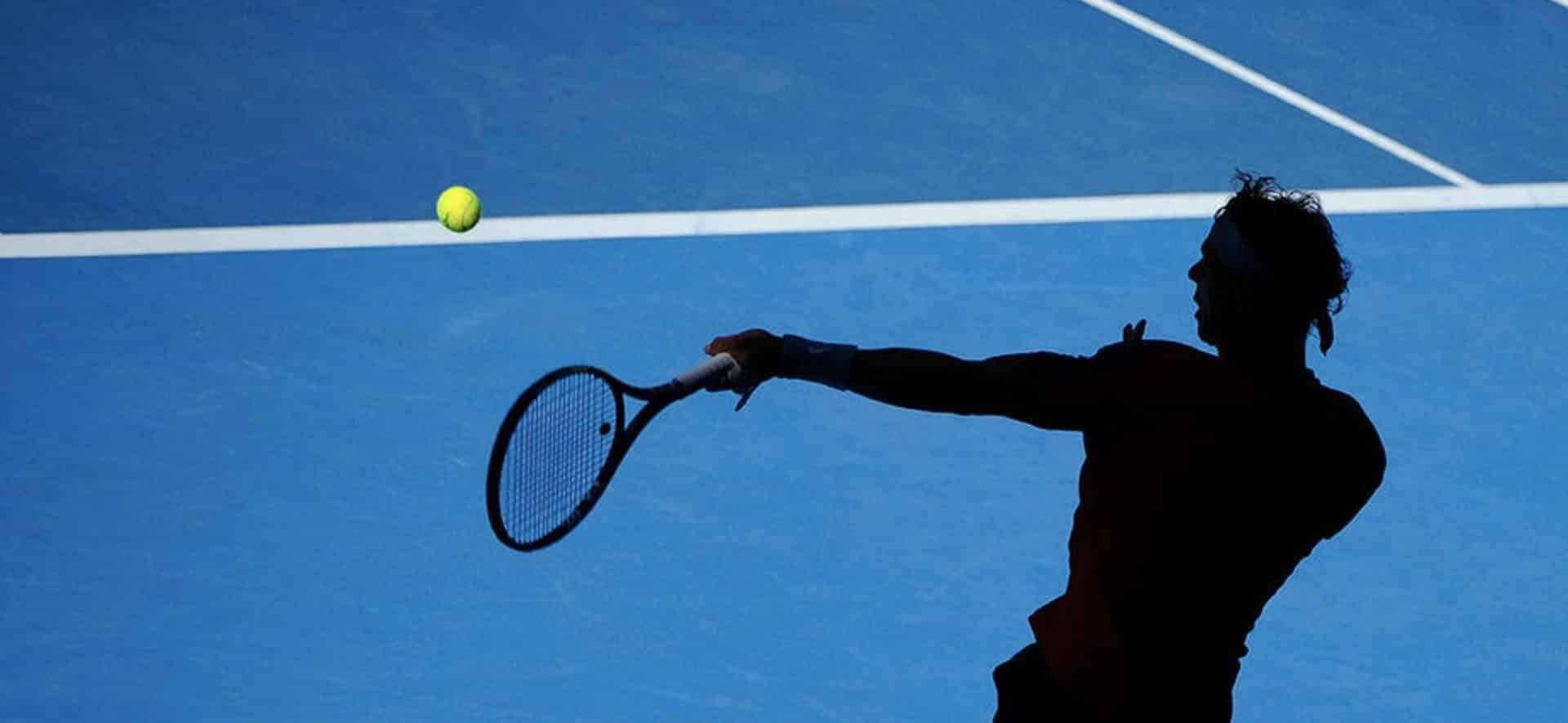Former head of photography at the newspaper L’Équipe, now a gallery owner specializing in sport photography, Jean-Denis Walter serves up a new regular column at Blind with a first installment devoted to tennis photography.

You’re getting blind.
Don’t miss the best of visual arts. Subscribe for $9 per month or $108 $90 per year.
Already suscribed ?



